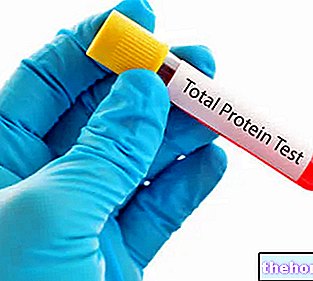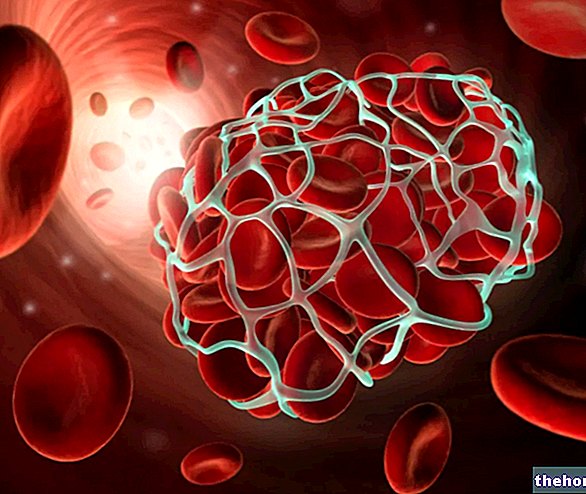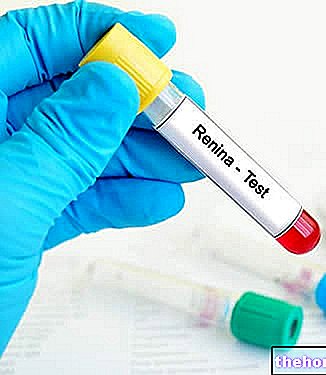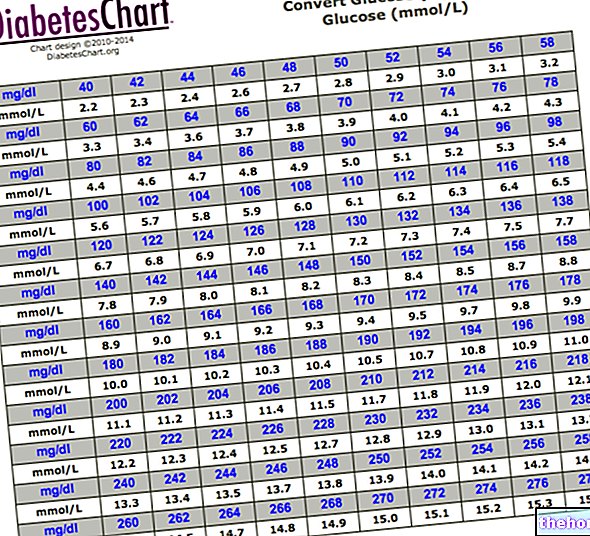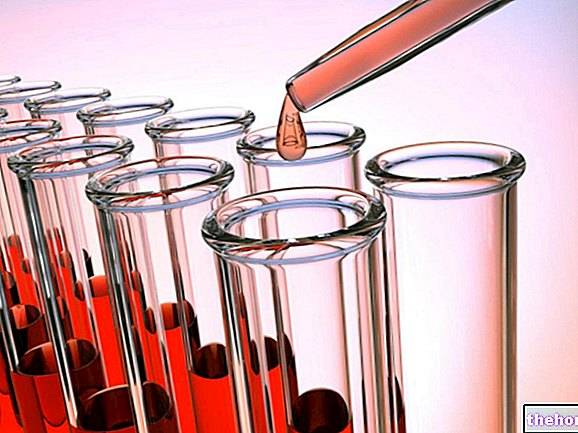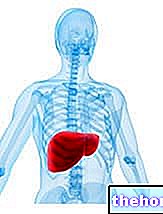Generality
Transferrin (Tf) is a plasma protein that carries iron in the blood.
Synthesized by the liver and by the monocytic-macrophage system, transferrin is able to bind in a very stable but reversible way the iron coming from the degradation of red blood cells and the food iron absorbed in the intestine.
After binding it to itself, the transferrin transports the iron to the sites of use (in particular the bone marrow) and storage (in particular the liver).

Transferrin can be compared to a truck that continuously transports iron from the deposits (ferritin) to the cells that need it, via the bloodstream.
From the structural point of view, transferrin is a glycoprotein formed by a polypeptide chain of 679 amino acids, with a molecular weight of about 80 KD and a half-life of about 8 days.
The measurement of transferrin in the blood (transferrinemia) evaluates the transport capacity of iron. This test is prescribed together with the analysis of iron and ferritin values, where iron metabolism abnormalities are suspected.
What's this
Transferrin is the main transport protein in the blood of oxidized iron (Fe3 +).
It plays a key role in hematopoiesis, being responsible for the transfer of iron to cells (erythroblasts), which need it to synthesize heme (hemoglobin, myoglobin and cytochrome). Special membrane receptors bind to transferrin and the whole complex enters the cell by endocytosis; once iron is removed, the transport protein is re-expelled into the plasma.
In the blood, transferrin can be found both in free form - not bound to iron (unsaturated transferrin), and in iron bound form (saturated transferrin).
The share of the latter coincides with the value of the iron.
In clinical practice, the following parameters are measured:
- Sideremia: amount of circulating transferrin saturated in iron;
- Transferrinemia: direct dosing of transferrin in the plasma;
- Total capacity to bind iron (TIBC): indirect measure of the ability of transferrin to bind iron.

